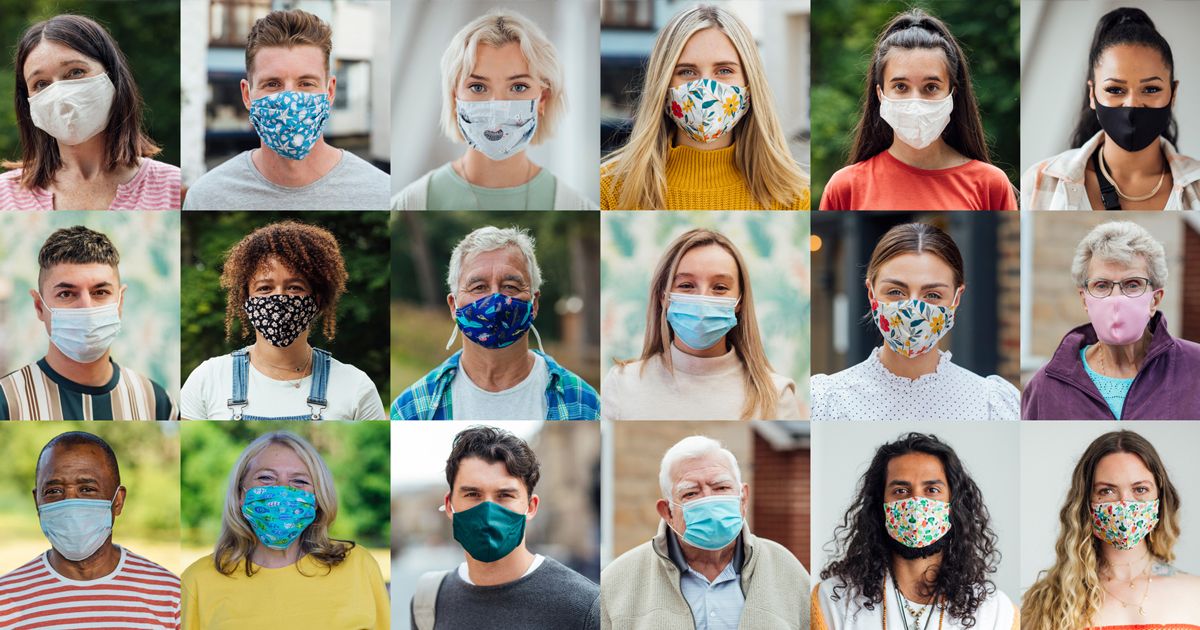Why People Still Wear Masks at the Airport Post-COVID
In the aftermath of the pandemic, some things have found their way back to pre-COVID norms, while others linger with us, like wearing masks at airports. This seemingly small fabric piece has sparked discussions far beyond mere public health concerns. It touches on personal safety and social norms that have morphed over the past few years. Let's explore why we still see an array of covered faces amidst dwindling COVID-19 numbers.

Health and Safety Concerns
Vulnerable Populations
The airport hustle and bustle isn’t always a welcome sight for everyone — especially for the immunocompromised and their loved ones. For these individuals, donning masks isn’t just a relic of a pandemic gone by. It's a shield, warding off not only COVID-19 but any airborne threat that might tag along through bustling terminals. Putting on a mask can be likened to putting on armor before heading into an uncertain battle. It offers a layer of protection when other defenses are rendered useless.
Airborne Illness Prevention
Airports can be a playground for germs. With thousands of people shouldering past one another every day, the air is thick with the threat of not just COVID-19 but flu viruses and a quiver full of other airborne maladies. Masks can cut down the risk, acting as a barrier against these pathogens. For many of us, wearing a mask feels like an extra swipe of germ-fighting shield gel before touching that all-too-communal armrest.

Psychological Comfort
Sense of Security
Let's be honest — travel can inject a fair amount of anxiety into anyone's system. Masks have become a source of psychological safety. They’re more than fabric; they're cocoons offering a sense of security to anxious travelers grappling with health and proximity fears. Like a child holding a favorite toy, wearing a mask can alleviate the apprehension of mingling closely with countless others.
Social Responsibility
Our masks also project an image of concern beyond personal comfort. For many travelers, wearing a mask speaks of a quiet commitment to safeguarding others. It is about the collective, fostering an environment where everyone feels their health is considered. This burgeoning sense of social responsibility is akin to recycling or choosing a greener commute — small actions geared towards greater societal good.

Cultural Shifts Toward Mask-Wearing
Influence from Other Countries
Long before COVID-19, masks were a norm in many countries, seamlessly woven into the societal fabric. This cultural norm has imprinted itself on travelers who’ve witnessed firsthand the efficiency of a masked society. As we trod through international terminals, we're influenced by this global tapestry where masks no longer signal an emergency but an accepted part of daily interaction.
Fashion and Identity
Masks have moved beyond being purely utilitarian, morphing into potent symbols of identity. From bold prints to sleek monochromes, they now also express personal style, akin to a favorite scarf or hat. Just as fashion adapts with times, so do our perceptions, making masks yet another accessory — this time, with added health benefits.
Airport Policies and Recommendations
Current Guidelines
Even as regulations ease, health authorities and airports still suggest wearing masks, especially during certain health alerts or in crowded indoor spaces. Rules may not be as rigid as six feet under, but guidance remains — a gentle prod reminding us of the benefits born out of recent history.
Traveler Compliance
Adhering to these guidelines doesn't just shape personal experiences; it transforms the overall airport environment. When majority choose to comply, there's a palpable ease in the air. Compliance isn't simply checking a box; it creates a comforting ripple effect, benefiting all who venture through the terminal maze.

Conclusion
Masks at airports persist because they're more than a relic; they're practical, versatile, and multilayered. They offer protection — whether you're facing health battles or seeking mental ease. As cultural views shift and individual style flourish, the decision to keep a mask close showcases the ongoing blend of personal choice, health priorities, and evolving societal expectations. As we continue to navigate the skies, masks remain part of our travel toolkit, quietly riding along with ticket, boarding pass, and that all-important carry-on.




-webp.webp)


